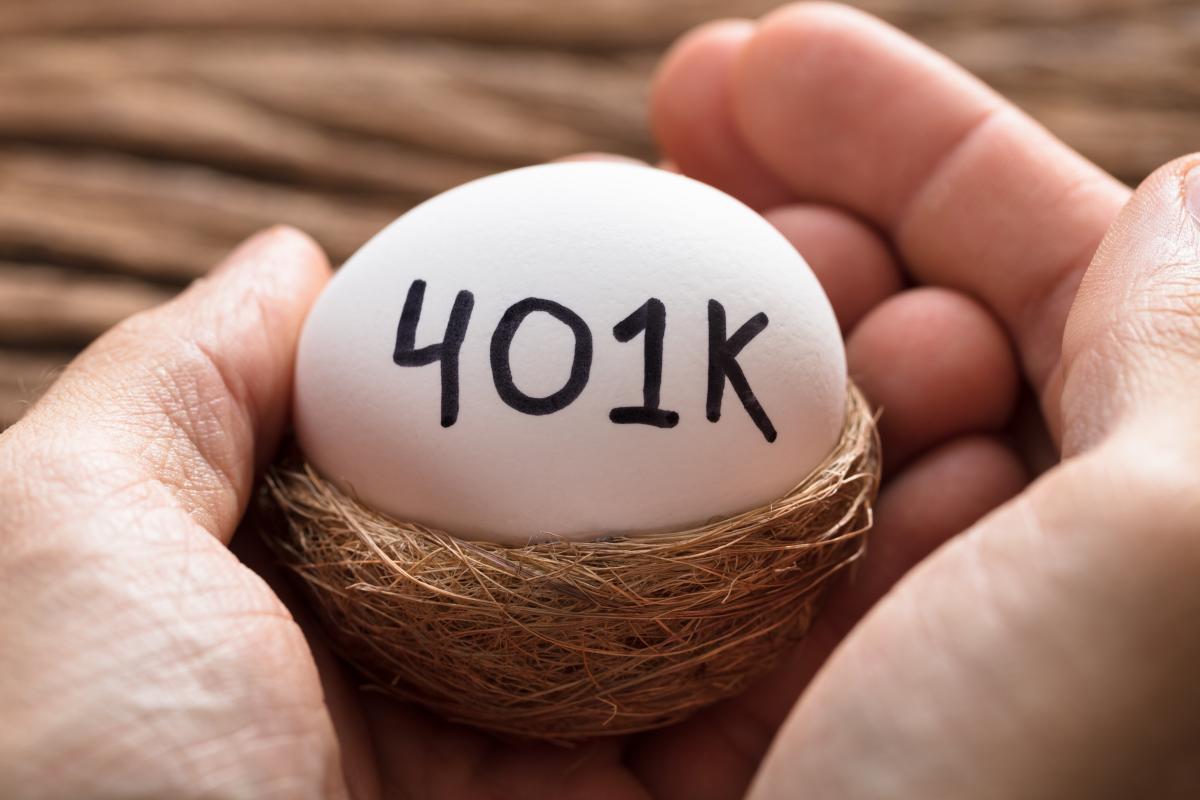There are a lot of optional plan design enhancements to be found in the new SECURE 2.0 Act of 2022—but there’s one mandatory feature that could have effects both positive—and negative. We’d like to know what you think.
 Beginning in 2025, all new 401(k) and 403(b) plans (which is to say all adopted after Dec. 29, 2022) except:
Beginning in 2025, all new 401(k) and 403(b) plans (which is to say all adopted after Dec. 29, 2022) except:
- businesses with fewer than 10 employees,
- new businesses less than 3 years old, and
- churches and governments
Must automatically enroll participants at 3%-10% and increase the rate by 1% per year to at least 10%, but no more than 15%. Of course, employees would have at least 90 days to opt out and take a distribution of any automatic deferrals.
This also applies to adoption of a MEP after the enactment date (based on employer’s adoption, not elective date of MEP).
While this is arguably a good thing for participants, and is consistent with the growing trend of employers to not only adopt automatic enrollment but contribution acceleration—but might the REQUIREMENT to do so (even though it doesn’t have to be implemented until 2025) slow new plan adoption? Or might that (potential) hesitation be overcome by other provisions in SECURE 2.0 (notably the generous tax credits for new plans)?
This week, we’d like to know what impact you think it will have—and perhaps what you’ve already heard from plans in the queue. REPLY to this week’s NAPA-Net Reader Poll at https://www.research.net/r/3QDQW7N.
And we’ll have it all sorted out/summed up on Friday!
Oh—and don’t forget to stay up to date with SECURE 2.0 via our new SECURE 2.0 Resource page at https://www.napa-net.org/secure-20

